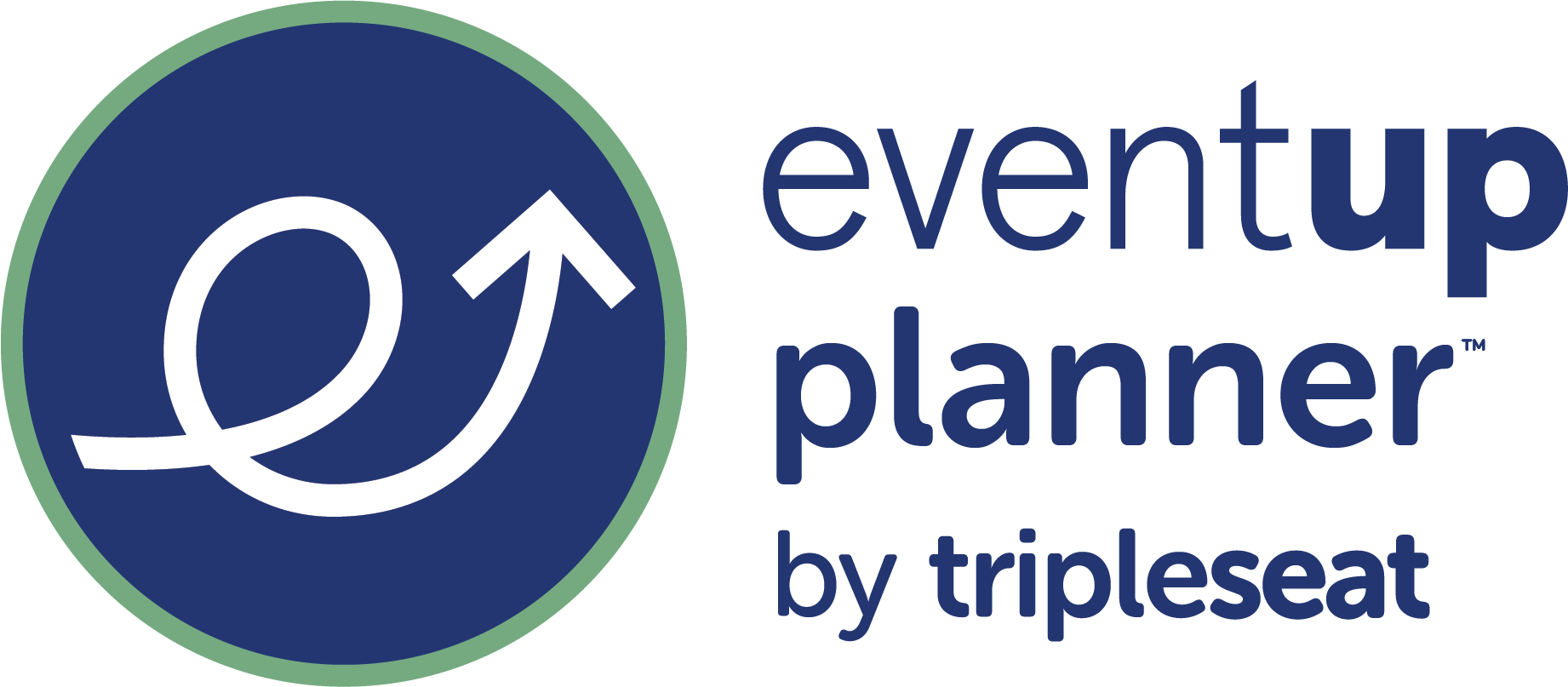Event sponsorship can make or break the success of a corporate event.
The right sponsors provide critical financial resources, boost credibility, and expand reach and exposure. For corporate event planners, identifying and securing event sponsors is an essential yet challenging undertaking.
This article will explore proven techniques and strategies for how to get sponsors for an event. You’ll learn creative approaches to align sponsor and event goals, how to craft compelling proposals and target sponsors, as well as how to nurture ongoing partnerships.
With the strategies outlined here, you can elevate your events and build fruitful sponsor relationships that deliver value well beyond the event itself!
Understanding Sponsorship Objectives
The first step is understanding potential sponsors’ goals and expectations. Corporate sponsors invest in events for strategic reasons, not just as a favor.
Common objectives include:
- Increased brand awareness and visibility
- Making connections with target demographics
- Lead generation opportunities
- Thought leadership positioning
- Driving product sales
Once you’ve identified a prospective event sponsor’s goals, you can align your event’s purpose and offerings accordingly. Demonstrate how their sponsorship will provide ROI and help them achieve their desired outcomes.
Creating A Compelling Event Proposal
An engaging sponsorship proposal is crucial for securing partners. Your proposal should clearly convey key details about the event, audience, and benefits to sponsors.
Follow these tips for creating a winning event sponsorship proposal:
- Introduce your company and credentials. Briefly describe your business, experience level, and successes running events. This establishes credibility upfront.
- Provide event details. Include the date, location, expected attendance, and event purpose/theme. Outline the agenda and program so sponsors can get a feel for the event.
- Describe target demographics. Show how the audience for your event aligns with the sponsor’s target market. Provide details on job roles, industries, seniority levels, and other relevant attributes.
- Highlight unique value. Convey why this event is a prime, one-of-a-kind sponsorship opportunity for maximum exposure.
- Outline sponsorship benefits. List specific, tangible assets the sponsor will receive, like speaking sessions, booth space, logo placement, social media mentions, attendee access, and other brand visibility perks.

Building A Strong Brand For Your Event
A compelling brand is a vital part of how to get sponsors for an event—especially ones focused on branding and visibility. Your brand should communicate excellence, professionalism, and what makes your event unique.
To convey a consistent look and feel, you need to maintain the same color scheme, logo placement, design elements, and messaging across platforms.
Showcase past successes by displaying logos of satisfied sponsors and partners while quantifying achievements like revenue, leads generated, and brand awareness.
Make sure to develop polished assets like brochures, one-pagers, presentations, and other promotional materials aligned with your brand style.
By cultivating a strong and appealing event brand, sponsors will be eager to align with your offerings.
How To Target The Right Sponsors
With countless potential sponsors to contact, zeroing in on the right partners is critical.
Follow this three-step process to make sure you’re going after the right people:
1. Identify prospects aligned with your event
Research companies:
- In your event’s industry/space
- Whose products/services will interest your attendees
- With target demographics matching your audience
Make a list of relevant companies that check all the boxes for your event. Plan your outreach schedule and follow-up activities.
2. Evaluate sponsors’ goals and needs
Review their current initiatives, challenges, and marketing objectives. Assess if your event matches their requirements for awareness, lead generation, etc. This will help you position your event as solving an important problem for their company.
3. Tailor your proposal
One size does not fit all, and every proposal should be tailored to individual sponsors. Make sure to emphasize the details that matter most to each prospect. Show how their needs will be met through sponsorship.
This process might sound tedious, but taking the time to identify and vet prospects strategically will lead to a better response from event sponsors. You’ve got this!
Offer Diverse Sponsorship Packages
Providing varied sponsorship levels allows you to appeal to more companies. Each level should have varied benefits and costs to fit any budget.
Standard packages to consider include:
Title sponsorship
The most prominent level is aligned with the event name and brand. Perks may include:
- Logo integrated into event name and promotions
- Speaking opportunity at opening or closing
- Prime exhibit booth space
- Full-page ad in the program
- Lead generation access
- Social media co-branding
Presenting sponsor
This is a second-tier opportunity with strong brand visibility. Benefits can include:
- Logo on all event signage and materials
- Booth in a preferred location
- Verbal recognition from the stage
- Half-page ad in the program
- Limited social media co-branding
Supporting sponsor
This is an entry-level package ideal for vendors. This level typically includes:
- Logo on the event website
- Standard exhibit booth
- Quarter-page ad in the program
- Social media mentions
You can meet an event sponsor’s needs by offering bundles to suit different budgets and goals. Be open to further customizing these packages as well.
Leveraging social media and digital marketing
First, event sponsors should be spotlighted in event hashtag campaigns on X and other platforms.
Another tactic is to create Facebook or LinkedIn groups where sponsors can engage with attendees. Work with sponsors to develop co-branded ads and organic social content.
Send email blasts highlighting sponsors with links to their websites and social profiles. You can also consider running Google/Facebook ads with sponsor information targeted to your attendee demographics.
Event sponsor logos, descriptions, and calls to action (CTAs) should be prominently featured on your event website.
Make sure to track impressions, clicks, and other metrics to showcase the results sponsors will achieve by partnering with you.
Networking And Relationship-Building
Strong relationships are integral to fruitful event sponsorships.
You can cultivate rapport with sponsors in engaging ways. Consider hosting pre-event meetups where sponsors, organizers, and key attendees can connect face-to-face.
During the event, spotlight sponsors from the podium and personally recognize their contributions so they feel truly appreciated. Arrange for sponsors to interact with attendees through booths, lounge areas and by participating in session Q&As.
After the event, send out surveys to solicit sponsor feedback on how to improve their experience. Schedule one-on-one meetings to learn how sponsors prefer to engage with attendees. And don’t forget to send personal thank you notes to sponsors after the event to show your gratitude!
By continually nurturing these relationships before, during, and after your events, you’ll establish trust and loyalty with sponsors that pay dividends through mutually beneficial partnerships.
Providing Value Beyond The Event
The event itself is just one small part of keeping sponsors happy. You need to get creative in providing value to sponsors even after the event concludes.
Send event photos and videos to sponsors for use in their own marketing efforts. Make sure you provide attendee demographics, contact details, and survey data to sponsors as agreed upon.
You could also feature sponsor content and thought leadership in post-event email newsletters to keep them top of mind. Another idea is to co-create blog posts with sponsors on topics relevant to your audience to position them as industry experts.
Next, start planning future events with the sponsor early on and collaborate to outline shared goals for growing the partnership.
This additional exposure and connection after the event drives ROI for sponsors over the long term—and they’ll have you to thank.
Measuring And Demonstrating ROI
Proving a sponsorship’s tangible impact through data is tremendously powerful. Be sure to:
- Establish key performance indicators (KPIs) aligned to sponsor goals like leads, sales, and brand awareness.
- Track real-time analytics on booth traffic, branded ad clicks, and other metrics at the event.
- Conduct surveys to quantify changes in brand perception, purchasing intent, and other impacts.
- Calculate total impressions across platforms like social, email, and the event app.
- Pull attendance demographics, sales figures, and other statistics demonstrating results.
Fact-based proof of sponsorship ROI will make securing their partnership next year a breeze.
Sustaining Long-Term Partnerships
The best event sponsorships are mutually beneficial and span multiple events and years. To maintain longevity, you need to check in with sponsors to ensure they remain satisfied regularly.
Have open discussions about what’s working well and what could be improved so you can adapt the partnership to meet their evolving needs. Offer first rights for sponsorships of your upcoming events to show commitment. Develop tiered loyalty programs with special perks and discounts for repeat sponsors to keep them engaged. Send appreciation gifts or donations to causes important to the event sponsor to show you truly care.
By continuously evaluating and enhancing the sponsorship through open communication, you demonstrate your dedication to shared, long-term success with your sponsors.
Create Case Studies And Highlight Success Stories
Concrete examples of successful past sponsorships provide tremendous influence for securing new partners. You should compile compelling case studies and testimonials that bring the partnerships to life.
Showcase the positive outcomes and ROI delivered for sponsors. Include specific metrics like website traffic, leads collected, sales won, and brand recall that quantify the impact. Use glowing reviews from sponsor leadership and team members that highlight their excitement. Demonstrate how the event furthered the sponsor’s objectives and vision.
Prospects want social proof, so by spotlighting real-world results and anecdotes from satisfied sponsors, you provide the trust and validation needed to show you can deliver value.
Build Win-Win Sponsor Relationships With Attendease
Event sponsorship is clearly complex but immensely rewarding when done right. With a strategic approach, you can align sponsor goals with event offerings for mutually beneficial partnerships.
Event sponsorship is all about strategy and relationship-building. With the techniques outlined in this guide, you now have the insights to attract and retain high-impact sponsors. As a result, you can elevate your events and unlock partnership opportunities that help your organization thrive!
Attendease by Tripleseat provides an all-in-one event management platform to seamlessly coordinate events, engage attendees, and nurture sponsor relationships over the long term. Book a demo today!

